
Mattresses are a serious investment, we want to make sure they last by maintaining and deep cleaning them. But what exactly are we protecting them from and should they be a part of our regular cleaning routine?
Dead skin is what dust mites feed on and we shed around 35,000 dead skin cells every minute.
Sweat stains, blood stains, urine and germs are other contributions to an unsanitary environment and with that comes bad smells. These issues can significantly impact the quality of your sleep and the longevity of your mattress.
Typically our cleaning routines don’t involve tackling the mattress, even though it’s the most used item in the house, particularly when taking into consideration the time we spend sleeping on it.
So do we need to deep clean our mattress regularly and if so what’s the process to achieving the best results?
Did You Know?
A case study in Norway showed evidence that the risk of finding mite feces was four times higher in foam mattresses compared to spring?
“Deep cleaning your mattress might sound like an immense task, but with a regular schedule of cleaning and an investment in hypoallergenic mattress covers, you can improve your sleep environment significantly. By reducing the number of mites and allergens in the mattress, you’re promoting a healthier sleep environment.”
Mordecai S. Hemingway, International Home Goods Consultant
Do I Need To Deep Clean My Mattress?
Yes! You need to clean your mattress at least twice a year. Keeping your mattress and bed area clean is imperative for health hygiene and even comfort. Regular deep cleaning of your mattress can significantly improve your sleep environment.
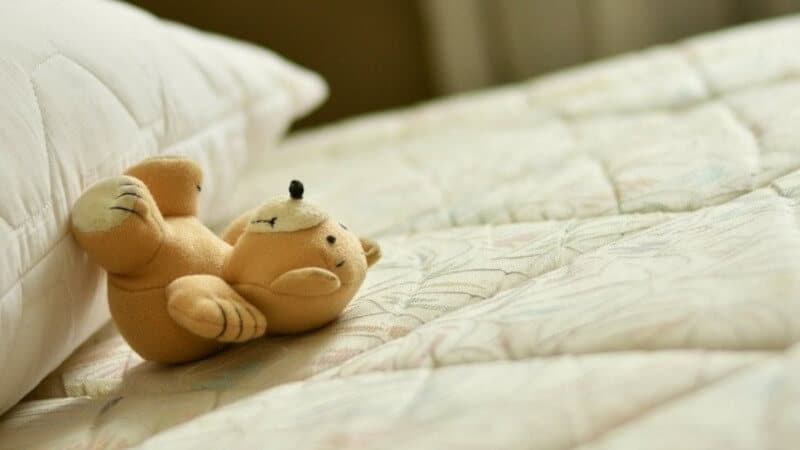
In this guide we go through the process of deep cleaning a mattress for a more comfortable and safer sleep, while also extending the life expectancy of the mattress.
7 Steps To Cleaning Your Entire Mattress
Now that we know we literally have flesh eating critters lurking around under our mattresses, it is time to get rid of them while also removing dust, sweat stains and grime too!
Mattress care will depend on the type of mattress you have. When choosing the right mattress, consider that there are a mixture of product options which include:
Here are 7 simple and effective steps for deep cleaning your mattress. But before we go through them, let’s take a look at what materials and products are needed:
Strip The Bedding
Remove all bedding sheets, pillow cases and mattress covers from your bed. This is the perfect time to throw them in the washing machine while you work on deep cleaning the mattress.
Don’t forget your pillows likely suffer as much as your mattress, so if they are machine washable (check label), make sure you clean them in hot water to remove any bed mites.
Vacuum Entire Area Of Mattress (Top & Bottom)
Now that your mattress is bare, it’s time to vacuum it entirely. Using the attachment designed for furniture / upholstery, vacuum the entire mattress surface (including the sides and underneath). However, be cautious if you suspect bed bugs in your vacuum cleaner, as this could spread the infestation).
Your mattress will have seams & crevices and these are the areas to pay close attention to. This is where the crevice attachment comes in handy to get into those hard to reach places.
One tip I use: I make sure my vacuum’s filter is entirely clean. That way I can see the amount of dirt the mattress had. After the first vacuum session, I will clean out the filter again and go at it again. Continue doing this until the filter no longer traps dust (mattress as clean as you can get it with the vacuum).
While you have your vacuum out, you might as well give your bedroom a quick vacuum to prevent transfer of dust… in fact, best do this first! If you’ve recently dealt with bed bugs, make sure you know how to clean your vacuum after bed bugs to prevent re-infestation!
Remove Stains By Spot Cleaning
This is where things can get confusing, because the cleaning method used here will depend on the type of mattress you have.
For example, soaking memory foam in not advised. It’s porous and absorbs water instantly and penetrates to the core making it extremely difficult to dry out completely.
As a result this will effect the characteristics (bounce back) of the material and feel uncomfortable… not to mention, creating a potential breeding ground if the water is not completely removed.
So as a general rule of thumb, spot cleaning with stain remover is the safer option.
Enzyme cleaners are a good option for biological stains (for other stains check out the chart below).
Spray the cleaner directly onto a clean white cloth (a colored cloth can stain your mattress) and blot the stain area by adding sufficient pressure.
* Avoid rubbing the area, as we don’t want to spread the stain even further. The goal is to use as little moisture as possible so the mattress can dry easily.
| Stain type | Cold water | Warm water | Cleaning agent | Baking soda |
|---|---|---|---|---|
| Water | ||||
| Soda | ||||
| Urine | ||||
| Vomit | ||||
| Blood |
Airing Mattress & Baking Soda Spread
Fresh air and sunlight exposure does wonders for disinfecting your mattress the natural way by killing mold and bacteria. It’s recommended doing this process if you can.
If not, the next best thing is using our good old trusted friend, baking soda. The alkaline substance breaks down acid while also absorbing moisture and bad odors.
Be sure to allow time for the baking soda to do its thing. The longer you leave it, the more time it has to work.
Essential oils can be added as a deodorizer to bring a pleasant smell to your room while extending that fresh feeling.
Vacuum Again, Then Scrub
This is round two of your vacuuming session.
Once you’ve allowed sufficient time for the baking soda to do its thing, it’s time to vacuum your mattress thoroughly.
If in doubt, after vacuuming, give the mattress a good scrub with a brush to remove any excess baking soda. Then give it an other once over with the vacuum to make sure it has all been removed.
Rotate Or Flip Mattress
Just because you’re used to sleeping on one end of the mattress does not mean the other end is not exposed to dust, grime and bed mites.
It’s imperative to repeat Steps 1-5 over again on the other end of the mattress to keep it clean too.
You never know when you will have to use the other end for sleeping on.
Use A Mattress Protector
The best solution for any problem is preventing it from ever happening.
To keep dust, stains and mites at bay, use a mattress cover. This extra layer will keep your mattress cleaner for extended periods of time.
Author’s Closing Thoughts
The main contributor to getting a deep clean will be your vacuum cleaner. It’s imperative to get one that has enough suction power to pull dust and bed mites embedded deeper inside the mattress.
An other tip to prolonging mattress cleanliness, when changing your sheets, make sure to leave them off for a few hours to allow the mattress to air out before replacing them. Opening your bedroom window will accelerate airflow.
However, the main protector here is having a mattress cover to prolong mattress protection, these will protect dust, mites and stains from seeping through!

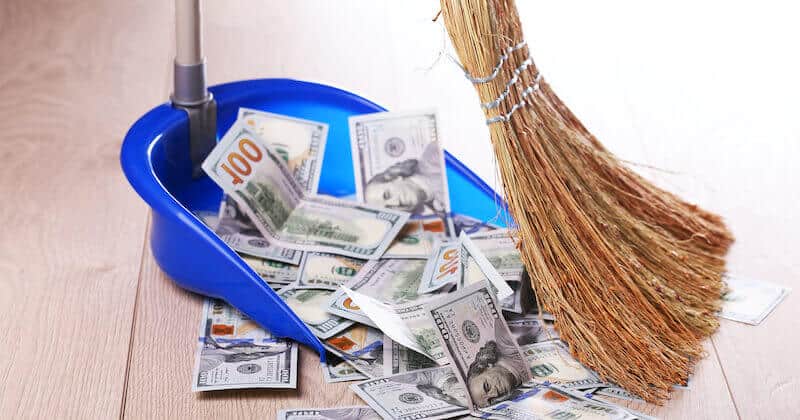
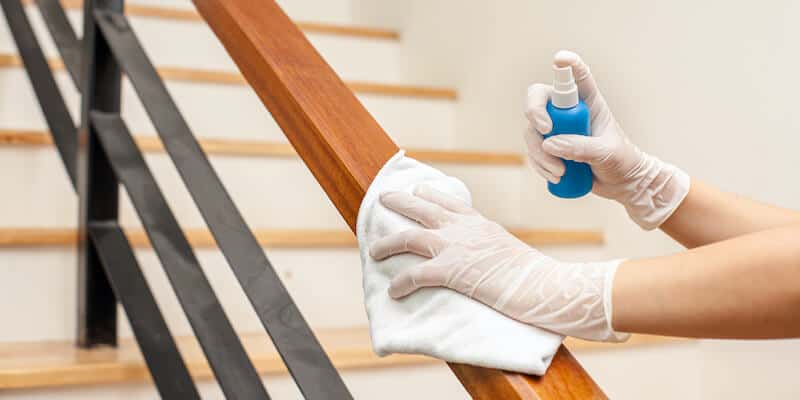
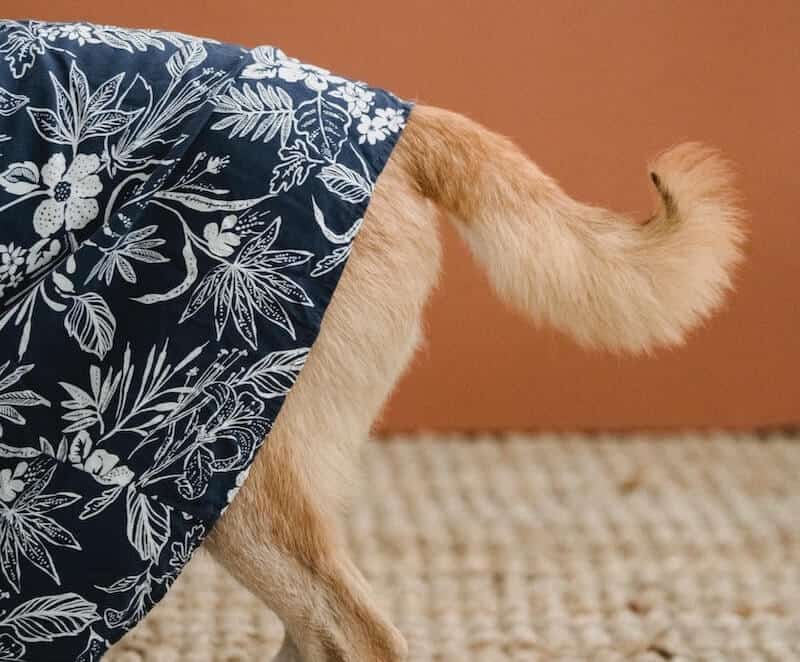
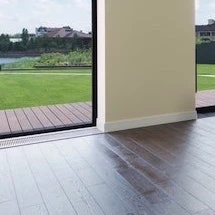
I cannot stress enough on the importance of factoring in deep cleaning of the mattresses in our cleaning routines. In my experience, this is one investment which is often overlooked but has a direct impact on our health, considering we spend such a significant portion of our lives on it.
Indeed, Marshall. After spending 25 years in the healthcare field, I can’t emphasize enough how a neglected mattress could be a potential breeding ground for harmful bacteria and allergens, significantly compromising our health over time.
It’s quite surprising how many people overlook the cleanliness of a mattress in their cleaning routines. In my 30 years at the Inn, I’ve always focused on keeping the beds clean and fresh as a top priority, because, well, it’s where the guests would spend most of their time. We did a deep clean every month, and believe me, it can be quite eye-opening to see just how many dead skin cells accumulate over time.
Having observed numerous unclean mattresses in my career, I can affirm that mattress cleanliness is grossly underestimated. Regular maintenance not only prolongs mattress life but also aids in improving sleep quality and overall health.
As a healthcare provider seeing patients affected by poor sleep in my profession daily, I’ve become more aware of the importance of sleep hygiene. My busy schedule forces me to prioritize my rest and part of that involves ensuring my mattress is clean and well maintained. Over time, I’ve noticed I fall asleep faster and wake up feeling more refreshed when my mattress is regularly cleaned – there’s something mentally refreshing about sleeping on a clean workspace.
I couldn’t agree more, Pierceton. Regular deep cleaning of my mattress has also improved my sleep quality immensely and, quite frankly, made me enjoy bedtime even more. The importance of cleanliness of our sleeping environment can never be overstated.